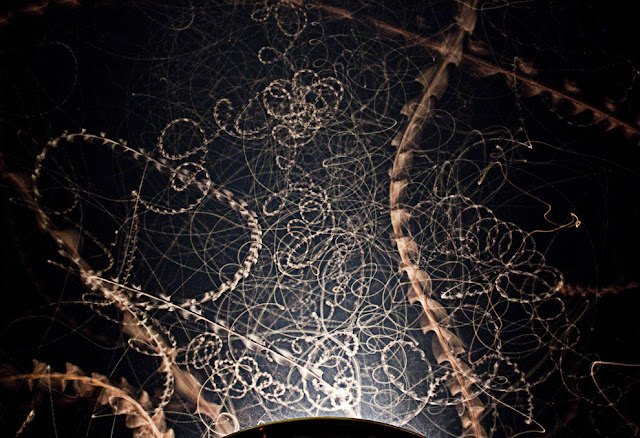1. The Walls of Jerusalem surround the area of the old city of Jerusalem. The walls were built between the years 1535–1538, during the reign of the Ottoman empire in the region of Palestine, by the Ottoman Sultan Suleiman the Magnificent.
2. The length of the wall is 4,018 km (2,496.6 mi), their average height is 12 meters (39.37 feet) and the average thickness of walls is 2.5 meters (8.2 feet). The walls also contain 34 watchtowers and 8 gates.
2. The length of the wall is 4,018 km (2,496.6 mi), their average height is 12 meters (39.37 feet) and the average thickness of walls is 2.5 meters (8.2 feet). The walls also contain 34 watchtowers and 8 gates.
3. In 1981, The Jerusalem walls were added, along with the Old City of Jerusalem, to the UNESCO World Heritage Site List.
4. According to the Jewish tradition, as it is expressed in the Tanakh, Jerusalem remained a Jebusite city until the rise of David, whom conquered the city and established the “City of David” in the site of the Jebusite city. Later on King David extended the walls, which were located on a low hill, outside of the walls of outside of today’s Old City area. Solomon, David’s son, built the first temple in the city and also extended the city walls in order to protect the temple.
5. The city of Jerusalem has been surrounded by walls for its defense since ancient times. In the middle Bronze Age, a period also known as the Patriarchs period, a city named Jebos was built in the location of today’s Jerusalem, which was relatively small (50,000 square meters) but was fortified. Remains from this wall are located above the Hezekiah’s Tunnel.
6. During the First Temple period and until the destruction of the First Temple, the city walls extended towards the northwest part of the city, the area where today the Jewish quarter of the city is located.
7. After the Fall of Jerusalem, the walls were destructed and were later partially restored during the Aelia Capitolina period, after afterword extensively by the Empress Aelia Eudocia.In 1033, most of the walls constructed by Empress Eudocia were destroyed by an earthquake.
6. During the First Temple period and until the destruction of the First Temple, the city walls extended towards the northwest part of the city, the area where today the Jewish quarter of the city is located.
7. After the Fall of Jerusalem, the walls were destructed and were later partially restored during the Aelia Capitolina period, after afterword extensively by the Empress Aelia Eudocia.In 1033, most of the walls constructed by Empress Eudocia were destroyed by an earthquake.
8. During the Crusader conquest in 1099, the wall was rebuilt but destroyed again during the conquest of Saladin. Saladin’s nephew, Almllach Almatma Issa, ordered the reconstruction of the city walls, but later on changed his mind after most of the watchtowers were built, mainly because he feared that the city walls would mainly assist the Crusaders if the manage to reconquere the city.
9. In 16th century, during the reign of the Ottoman empire in the region, the Ottoman Sultan Suleiman the Magnificent decided to fully rebuild the city walls on the remains of the ancient walls. The construction lasted from 1535-1538 and these walls are the walls that exist today.
10. During the Six Day War in 1967, which saw hand to hand fighting on the Temple Mount, the Old City and the city walls transferred to Israeli control.
10. During the Six Day War in 1967, which saw hand to hand fighting on the Temple Mount, the Old City and the city walls transferred to Israeli control.
Related Post : Athens - Living History


CLICK HERE FOR MORE INTERESTING STORIES

Loading...
















































